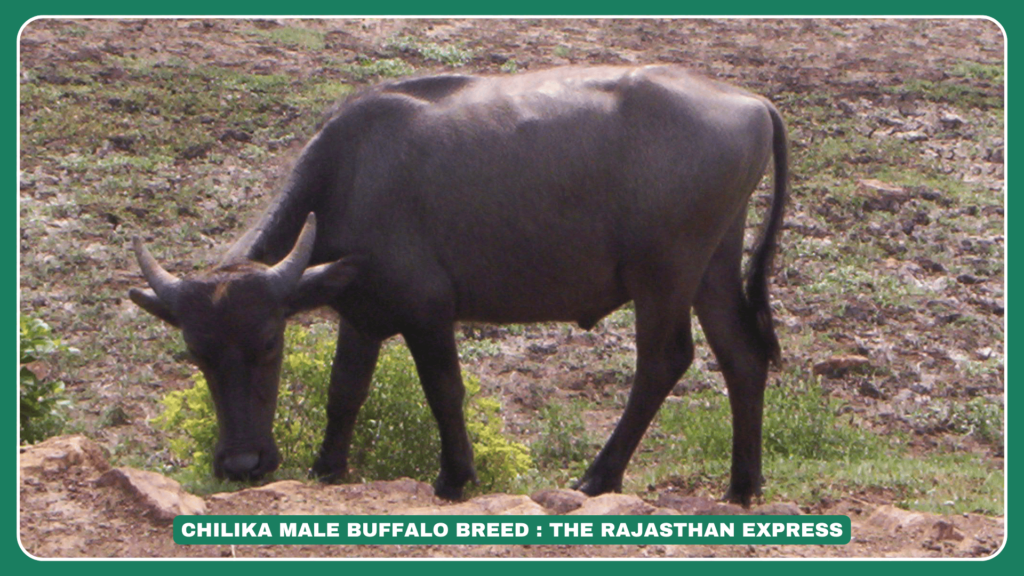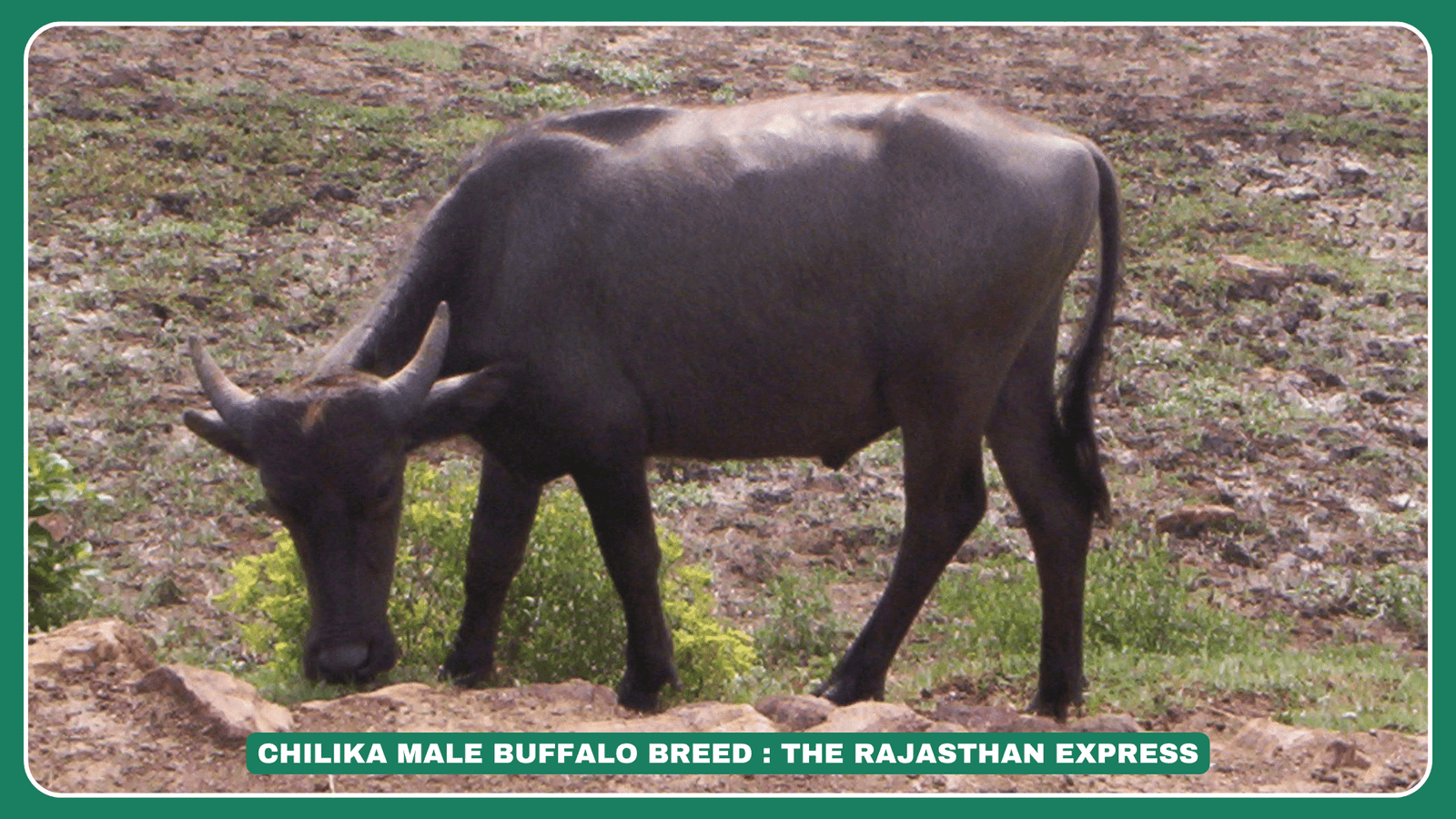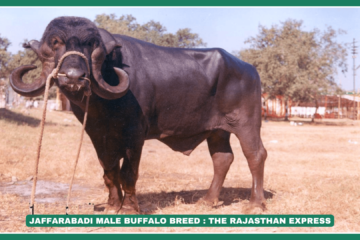Chilika Buffalo Characteristics

Chilika Buffalo Information
| Scientific Classification |
|
|---|---|
| Breed Type | Triple-purpose (Milk, Draught, and Manure) |
| Synonyms | Deshi |
| Origin | Indigenous breed named after its native tract around Chilika Lake, Odisha. |
| Distribution |
|
| Geographical Range |
|
| Main Use | Milk, Draught, and Manure |
| Special Features of Milk | High preservation quality; curd made from Chilika buffalo milk lasts 5-7 days at room temperature. |
| Breed Registry | No |
| Breed Society | Chilika Buffalo Promoters Society, Odisha |
| Adaptability | Well adapted to saline conditions; feeds on submerged weeds and aquatic vegetation in Chilika Lake. |
| Physical Characteristics |
|
| Average Body Measurements |
|
| Birth Weight | Male: 18.06 kg, Female: 17.67 kg |
| Management System | Extensive |
| Mobility | Stationary |
| Feeding Pattern | Grazing on marshy lands around Chilika Lake |
| Herd Size | Varies from 10 to 70 animals |
| Milk Production |
|
| Reproductive Performance |
|
| Population |
|
| The Rajasthan Express: Chilika Buffalo Breed Details | |

The Chilika Buffalo is medium-sized, brownish-black, with curved horns. Learn about its body size, adaptability, and grazing habits in Odisha.
THE RAJASTHAN EXPRESS


